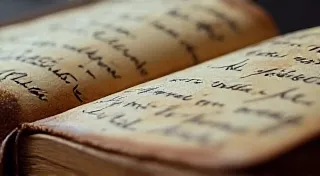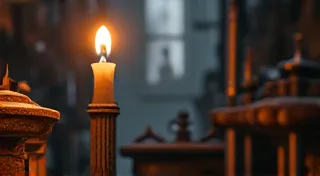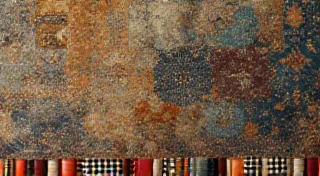A Chronometer of Ink: Dating Typewriter Ribbons Through Degradation Patterns
There's a melancholic beauty in holding a vintage typewriter ribbon. It’s more than just a strip of fabric impregnated with ink; it’s a tangible link to a time when correspondence was a deliberate act, a considered effort poured onto the page. The faint scent of aged ink, the brittle texture, the subtle color shifts - they whisper stories of letters sent, contracts signed, and perhaps even poems penned. But have you ever paused to wonder *how old* that ribbon truly is? While an exact date is rarely attainable, observing the patterns of its degradation offers surprisingly insightful clues, turning each ribbon into a unique, silent chronometer.
My fascination began years ago, sifting through boxes of forgotten treasures at an estate sale. Among the chipped porcelain and tarnished silver, a single box of typewriter ribbons caught my eye. Each ribbon was meticulously wrapped in tissue paper, labeled with faded abbreviations and what I later recognized as early IBM machine models. One, a deep burgundy, was particularly striking. Its ink wasn’t the vibrant red we associate with modern printing; it was a muted, almost bruised tone, hinting at decades spent in darkness. Holding it, I felt a profound connection to the unknown hand that last used it, the words it last carried.
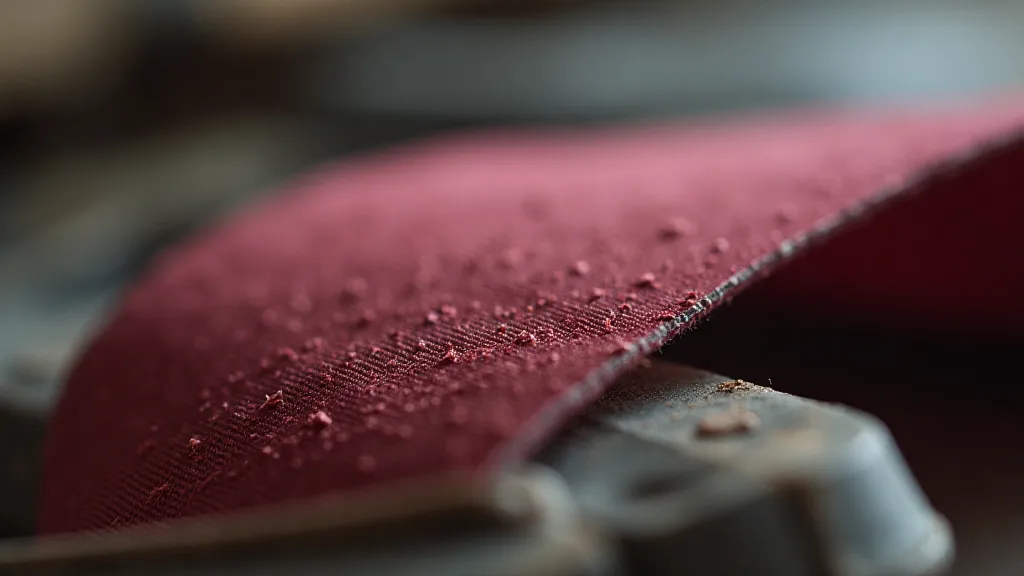
The Science of Degradation: Ink and Fabric Through Time
The degradation of a typewriter ribbon is a complex interplay between the properties of the ink itself and the fabric it’s embedded within. Let's first consider the ink. Early typewriter inks were primarily oil-based, utilizing pigments like aniline dyes, iron oxides, and carbon black. These pigments, while producing rich colors, were inherently less stable than the modern synthetic dyes we use today. Exposure to light, oxygen, and moisture accelerates their breakdown, leading to fading, color shifting (often towards browns and grays), and ultimately, brittleness. Iron-based pigments, common in black and dark brown inks, are particularly susceptible to oxidation, creating a reddish-brown tint as they break down. Understanding these processes is key, as the resulting patterns of decay leave telltale signs – a subtle shadow of the keys that experienced eyes can decipher. The challenge in understanding the complete picture of these fading relics can often feel like tracing absence within a landscape of fading colors and textures.
The fabric, often a loosely woven cotton or linen, plays an equally crucial role. Over time, the natural fibers weaken, becoming more susceptible to stretching, tearing, and crumbling. The ink, initially embedded within the fabric, begins to leach out, leaving behind faint shadows or ghostly impressions. This leaching is exacerbated by humidity and the presence of acidic contaminants – often originating from the original packaging or storage environment. This process, in itself, represents a poignant reminder of the ephemeral script that defines so much of our historical record. It’s a sobering thought to consider the natural entropy at play – a constant reminder that even the most treasured documents are subject to the relentless march of time.
Identifying Age Clues: A Visual Detective's Guide
So, how can we apply this knowledge to estimate a ribbon's age? Let's break down some key visual indicators:
- Color Shift: A ribbon's original color is a significant starting point. Deep reds and blues were common in the early 20th century. As mentioned, a shift towards brown or gray suggests age and oxidation. Vivid, bright colors are less likely to be extremely old.
- Ink Consistency: Fresh ribbons feel supple and slightly oily. Older ribbons often become brittle and crumbly. Look for signs of ink flaking or shedding. A dry, chalky feel indicates significant degradation.
- Fabric Condition: Examine the weave of the fabric. A tightly woven ribbon will generally last longer than a loosely woven one. Look for signs of stretching, tearing, or fraying. Check for discoloration or staining on the fabric itself – this could provide clues about the ribbon’s storage history.
- Packaging & Labeling: The packaging itself can be incredibly informative. Original labels often provide the manufacturer's name and the ribbon’s intended machine compatibility. The style of typography and the quality of the paper can also offer clues about the era it originated from. Early labels were often hand-written or printed with rudimentary techniques.
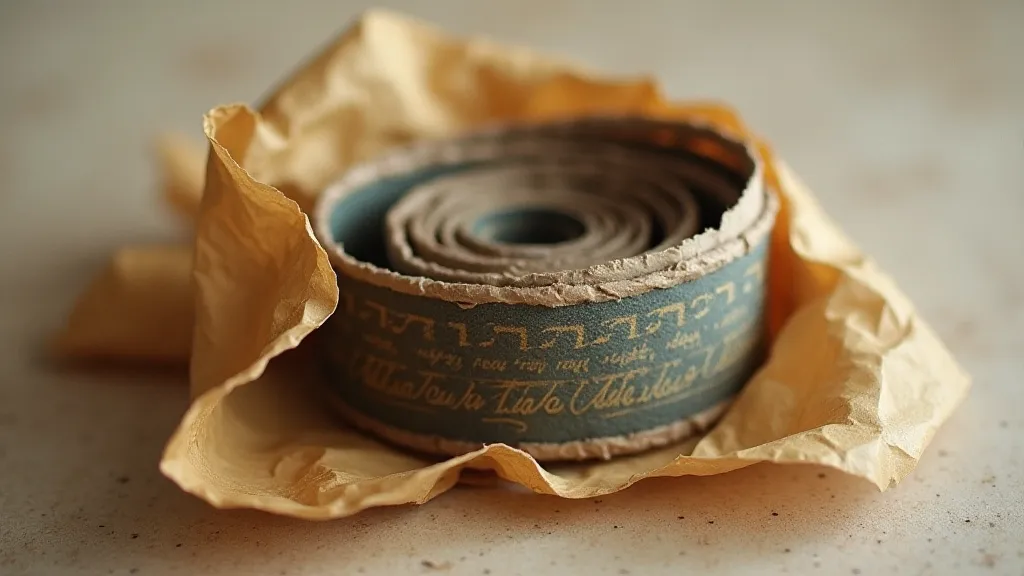
The Early Years (1900-1930): The Age of Aniline Dyes
Ribbons from the early 20th century (1900-1930) are often characterized by their vibrant, aniline-based inks – deep reds, blues, and greens. These ribbons tend to show significant color shifting, often appearing much darker and more muted than their original state. The fabric will likely be relatively brittle, showing signs of stretching and fraying. Look for evidence of water stains or ink bleed, common due to less sophisticated manufacturing processes. The meticulous care needed to preserve these relics highlights a growing appreciation for their historical significance, akin to understanding how reversing the entropy of these fragile remnants of the past.
The Mid-Century (1930-1960): Improved Stability, Gradual Fading
The period between 1930 and 1960 saw advancements in both ink formulation and manufacturing techniques. Ribbons from this era often retain more of their original color, though fading and slight color shifts are still evident. The fabric is generally more robust than earlier ribbons. Labels became more standardized, often printed with machine model numbers. While the rate of deterioration is lessened, the passage of time still leaves its mark – a subtle reminder of how even relatively well-preserved artifacts eventually succumb to the inevitable march of decay. Even with improvements, the underlying processes of degradation continue, underscoring the inherent vulnerability of organic materials.
The Later Years (1960-Present): Synthetic Dyes and Modern Manufacturing
Ribbons manufactured from the 1960s onward typically utilize synthetic dyes, which are inherently more stable. They tend to retain their original color for a longer period, although they are still susceptible to degradation over time. The fabric is often more durable due to advancements in textile technology. Despite the increased stability, the very nature of materials means that nothing is entirely immune. Every ribbon, regardless of its origin, is ultimately a testament to time's relentless power. This constant reminder of the passage of time lends an unexpected poignancy to even seemingly commonplace objects.
Beyond the Visual: Environmental Factors & Conservation
It's crucial to remember that environmental factors play a significant role in ribbon degradation. A ribbon stored in a damp, dark environment will deteriorate much faster than one stored in a dry, climate-controlled environment. Similarly, exposure to direct sunlight or pollutants can accelerate the breakdown process. Understanding the specific markers of aging and decay requires a certain level of skill, akin to a meticulous cartographer carefully tracing absence within a landscape of fading colors and textures. Beyond the visual cues, the chemical processes at play are complex and often subtle, requiring specialized knowledge to fully understand.
Preserving these fragile relics requires careful handling and storage. Storing ribbons in acid-free sleeves or boxes can help protect them from further damage. Avoid direct sunlight and extreme temperatures. If you’re undertaking any restoration work, always prioritize gentle cleaning methods and avoid harsh chemicals. The potential for recovery, even for severely damaged ribbons, demands an artist’s touch and a deep respect for the original materials. The care required mirrors the attention given to preserving other irreplaceable historical treasures, ensuring that future generations can appreciate these tangible links to the past.
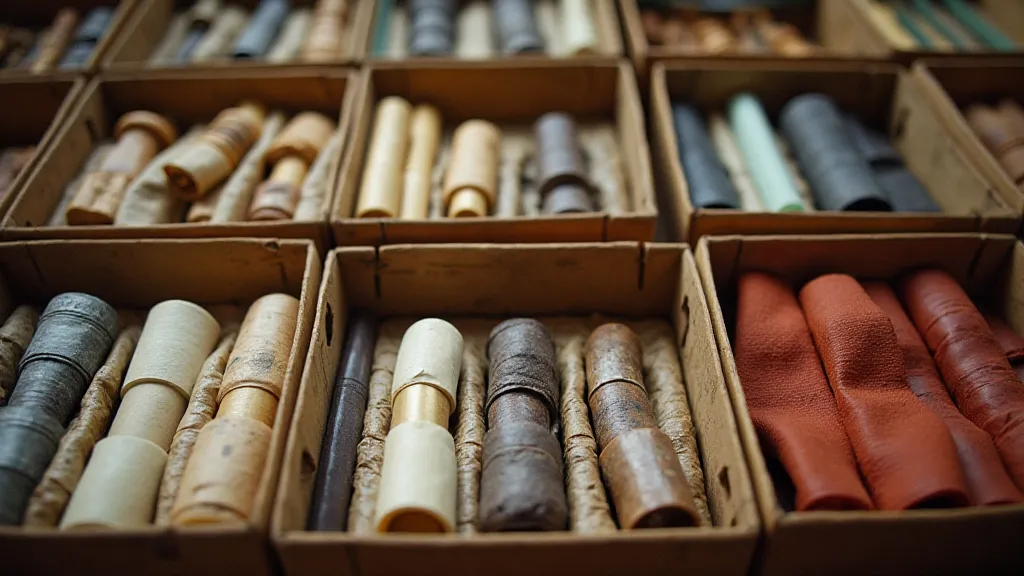
A Legacy in Ink
Dating typewriter ribbons with certainty is often impossible. However, by carefully observing their physical characteristics and considering their historical context, we can gain a fascinating glimpse into their past. Each ribbon is a silent testament to a bygone era – a tangible link to the words, ideas, and stories that shaped our world. It's a privilege to hold these fragments of history in our hands, and a responsibility to ensure their preservation for generations to come. They aren’t just ribbons; they’re echoes of human communication, imprinted upon fragile fabric, waiting to be rediscovered. The quiet weight of these relics, the subtle scent of aged ink – these are more than sensory experiences; they are keys to unlocking the voices of the past, a cartography of human expression waiting to be charted. The ongoing study and appreciation of these objects contributes to a deeper understanding of technological advancements, societal shifts, and the enduring power of written communication – a legacy worthy of careful stewardship.

